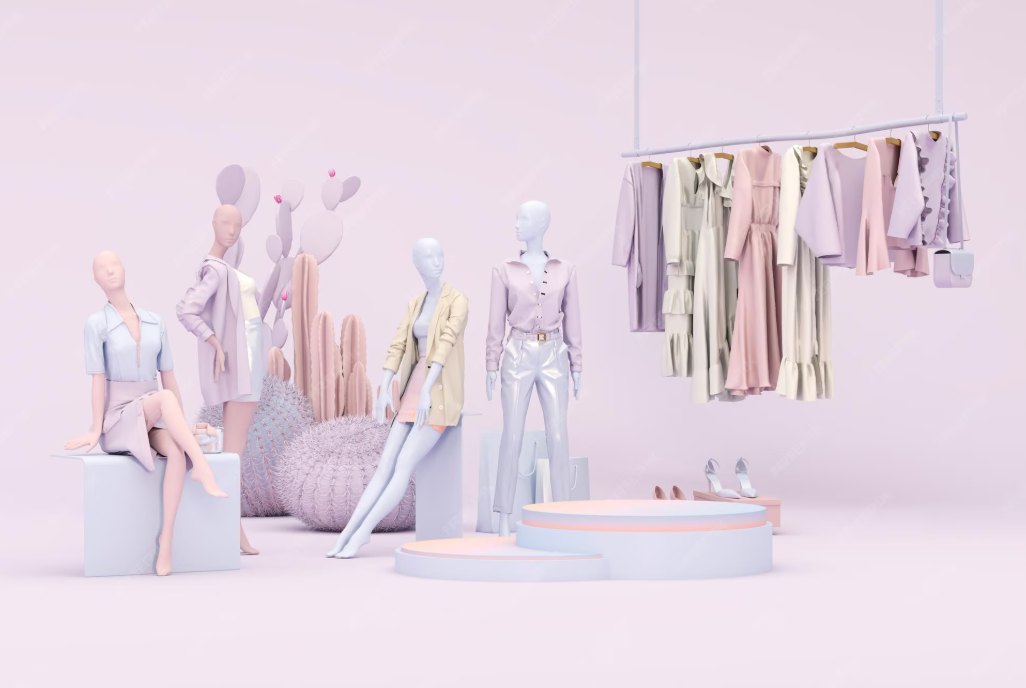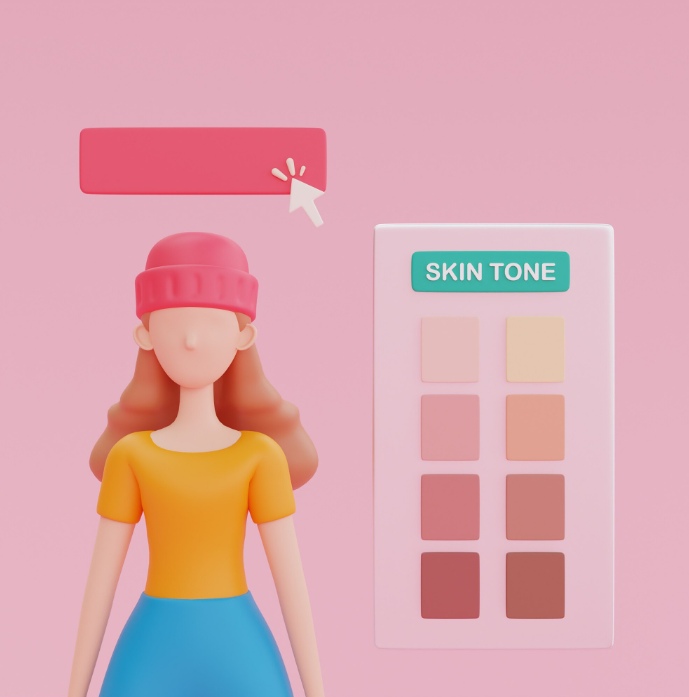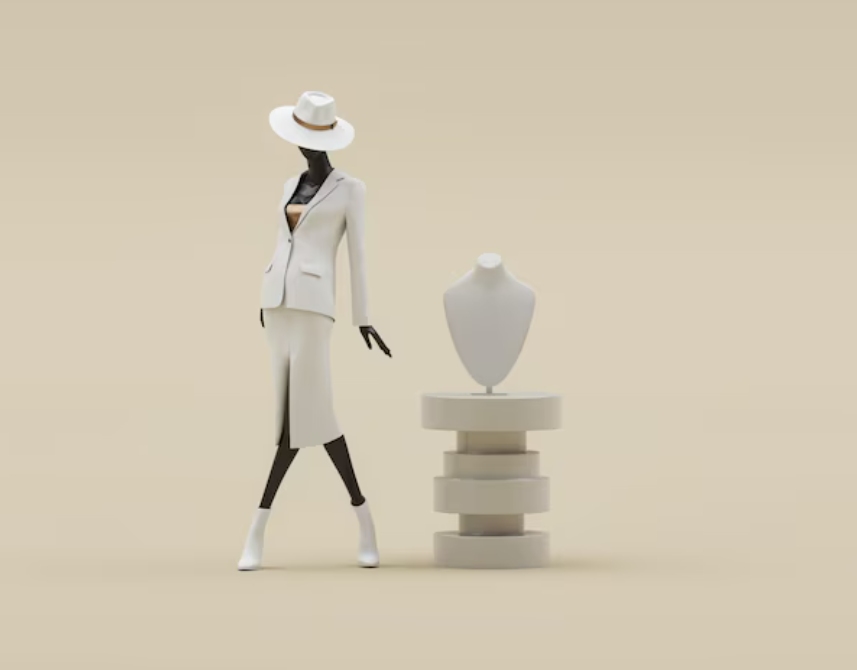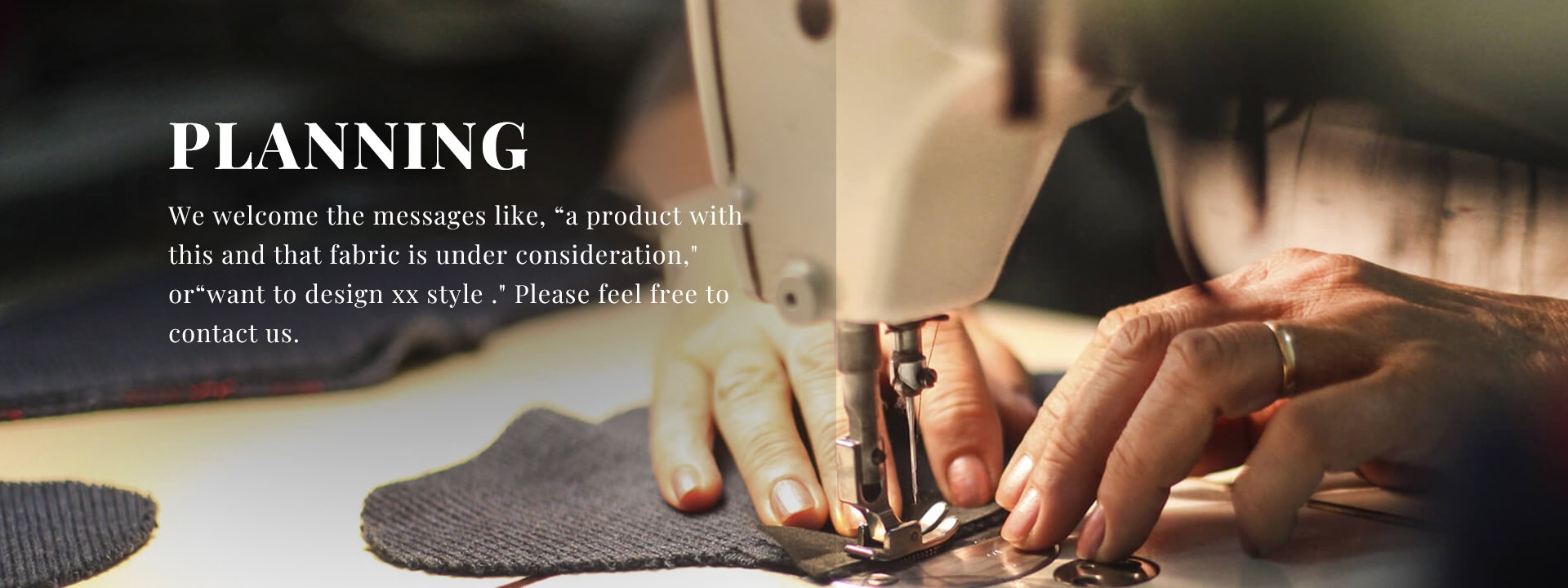3D Software for Clothing Design: Save Time, Cut Costs and Reduce Waste
Why 3D Software Is a Game-Changer for Modern Fashion Design
What’s 3D Software for Clothing Design?
3D software for clothing design is all about digital tools that let fashion designers build, see and tweak garments in a virtual world. These platforms ditch old-school sketches and physical samples for 3D models you can mess with on the fly. Designers can play with digital patterns, slap on different fabrics or textures and check how clothes move on virtual models before making anything real. This tech makes the jump from creative ideas to production super smooth.
How’s It Different from Classic Fashion Design?
Traditional fashion design means sketching by hand, drafting patterns, sewing a bunch of samples and doing fittings with real people. That takes forever, costs a ton and wastes materials. But 3D fashion design software flips the script with a digital-first vibe. 3D fashion design software is making waves in the industry. It swaps flat sketches for digital patterns you can shape, drape and fit on virtual models, totally changing the fashion process from sketch to stitch.

What’s So Great About Using 3D Software in Apparel Design?
How Does 3D Software Save Time?
Speeding Up Samples and Approvals
One of the biggest wins with 3D clothing design software is how it cuts down sampling time. Normally, making samples adds 4-6 weeks to your schedule. With tools like Browzwear’s VStitcher or CLO 3D, designers can share digital samples with folks worldwide in a snap.
Decision-makers can now communicate globally with internal and external stakeholders by simply sharing the 3D garment across all locations online. This means quick feedback and tweaks without waiting for physical shipments.
Real-Time Teamwork Across the Globe
Thanks to cloud-sharing in many digital fashion tools, working with teams worldwide is a breeze. People in different time zones can check out designs at the same time and suggest changes right on the platform. Stakeholders can collaborate on changes and alterations to a digital prototype and perfect the products in a matter of minutes before sewing a single seam.
How Does It Cut Costs?
Fewer Physical Samples
Every physical sample racks up costs for labor, materials and shipping. By going digital with prototyping, brands save big bucks. With Browzwear’s 3D fashion design software VStitcher’s true-to-life 3D capabilities eliminating the majority of the associated costs and not to mention, time delays.
Saving on Logistics and Production
Needing fewer physical samples before approval means less spending on shipping or couriers. Plus, super-accurate digital specs cut down on manufacturing mistakes, reducing costly do-overs.
How Does It Promote the Environmental Sustainability?
Cutting Out Extra Fabric Use
Sustainability is a huge perk of 3D software for clothing design. As the world leans greener, 3D in fashion lets brands run their whole sampling process digitally, saving up to 80% of fabric waste.
Making Eco-Smart Choices
Designers can check a project’s environmental impact early with built-in green metrics. By utilizing Browzwear’s Sustainability Calculator, you can determine carbon dioxide reduction amounts and water savings by developing styles in 3D. This helps brands make choices that vibe with eco-friendly goals.
Boosting Creativity and Precision with Digital Tools
How Do Designers Picture Garments with 3D Tools?
Mimicking Fabrics, Drape and Fit
Platforms like CLO 3D give you hyper-realistic visuals that act like real fabrics, showing stretch, thickness, folds and drape. Browzwear’s Fabric Analyzer lets designers check a digital prototype’s physical traits, ensuring spot-on results with minimal fixes.
Testing Colors, Textures and Styles Fast
No need for tons of swatches or dyed fabric to try out colors or prints. With one click, designers can preview endless combos digitally—sparking creativity without extra costs or materials.
What’s Awesome About Virtual Prototyping?
Virtual prototyping lets teams test fit and style with “digital twins” of garments before stitching a thing. With hyper-realistic garment visualization offered by Browzwear’s VStitcher capture any pattern faults or imperfections that may have appeared on the physical garment without producing a single physical sample. This catches issues early for better quality control.
Top Tools in the Game: Features and Comparisons
What’s the Best 3D Clothing Design Software?
Here are some heavy hitters in the market:
CLO 3D: Versatility for Pros and Students
CLO 3D shines with its easy-to-use interface and realistic visuals. It plays nice with Adobe tools, making it great for both pro designers and schools.
Marvelous Designer: Super Detailed for Creatives
Marvelous Designer nails high-detail visuals, perfect for animation studios or anyone needing ultra-realistic renderings.
Browzwear (VStitcher): Pro-Level Precision and Green Tools
Browzwear offers a full-on platform with a focus on digital teamwork and sustainability. Its pro-grade features include lifelike simulation engines and tools like Fabric Analyzer & Sustainability Calculator.
How to Create a Garment Digitally
Steps to Make a 3D Model of Clothes
Building a garment digitally has a few steps:
Digitizing Patterns and Fabrics
Designers start by importing or drafting patterns in CAD-friendly formats, then upload them to their platform. Fabrics get scanned or picked from libraries based on weight or stretch.
Setting Up Avatars and Fitting Virtually
Next, pick avatars—standard body types or custom measurements—to test fit. Tweak things interactively until you get the perfect shape.

How Fashion Designers Weave 3D Modeling into Their Work
From Ideas to Production-Ready Files
3D in fashion covers everything from brainstorming to production-ready tech packs—all in one digital setup. Designs go from mood boards to pattern creation, then to full visual prototypes ready for factories.
Better Team Communication
Digital assets make it easy for creative teams, merchandisers and manufacturers to stay on the same page, avoiding mix-ups or miscommunications.
Real-World Uses of 3D Fashion Design Tech
Who Else Is Using This Tech Besides Fashion Brands?
Beyond clothing companies, film studios (for costume visuals), game developers (for character outfits), sportswear brands (for performance gear testing) and even car interior designers are jumping on 3D fashion design tech.
How Retailers Win with Digital Samples Online
Retailers use lifelike renderings for online listings, letting customers preview fit and style interactively—cutting down returns and boosting satisfaction.
Spotlight on INVIDIA Textile’s Use of 3D Fashion Design Tools
Who’s INVIDIA Textile and How Do They Use 3D Software?
INVIDIA Textile is a respected clothing manufacturer servicing retailers and importers on a globally basis. We’ve leaned hard into cutting-edge 3D software for clothing design as part of our push for innovative manufacturing.
Through our dedicated development team we integrate tools into our OEM/ODM services. This lets us offer fast prototyping tailored to client needs—from sketches to mass production readiness—while keeping waste low.
Benefits INVIDIA Textile Gets from Going Digital
With a system driven management concept, strict quality control we have already built our own development design/sourcing team providing best service, high quality with competitive price. Switching to digital workflows has sped up our turnaround times while keeping our craftsmanship top-notch—a big reason INVIDIA Textile thrives globally.

Maswali ya kawaida
Q: What industries use 3D software for clothing design?
A: Besides fashion brands—entertainment (movies/games), sportswear R&D labs & e-commerce retailers also utilize this technology extensively.
Q: Is learning CLO3D tough?
A: CLO 3D has an easy interface that works for beginners but still packs pro-level features as you get better.
Q: Can I cut my carbon footprint with digital fashion tools?
A: Yup—tools like Browzwear’s Sustainability Calculator show how much CO2 and water you save by going digital.

 +86-13634185427
+86-13634185427




